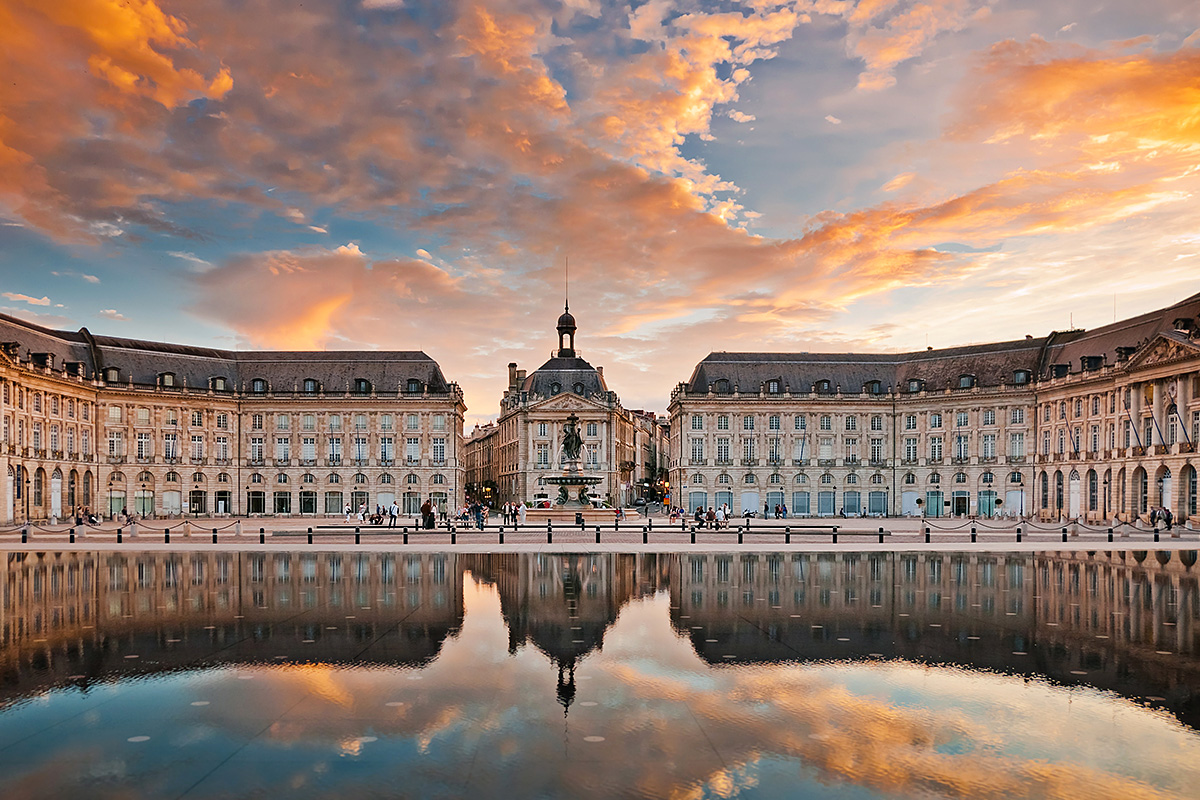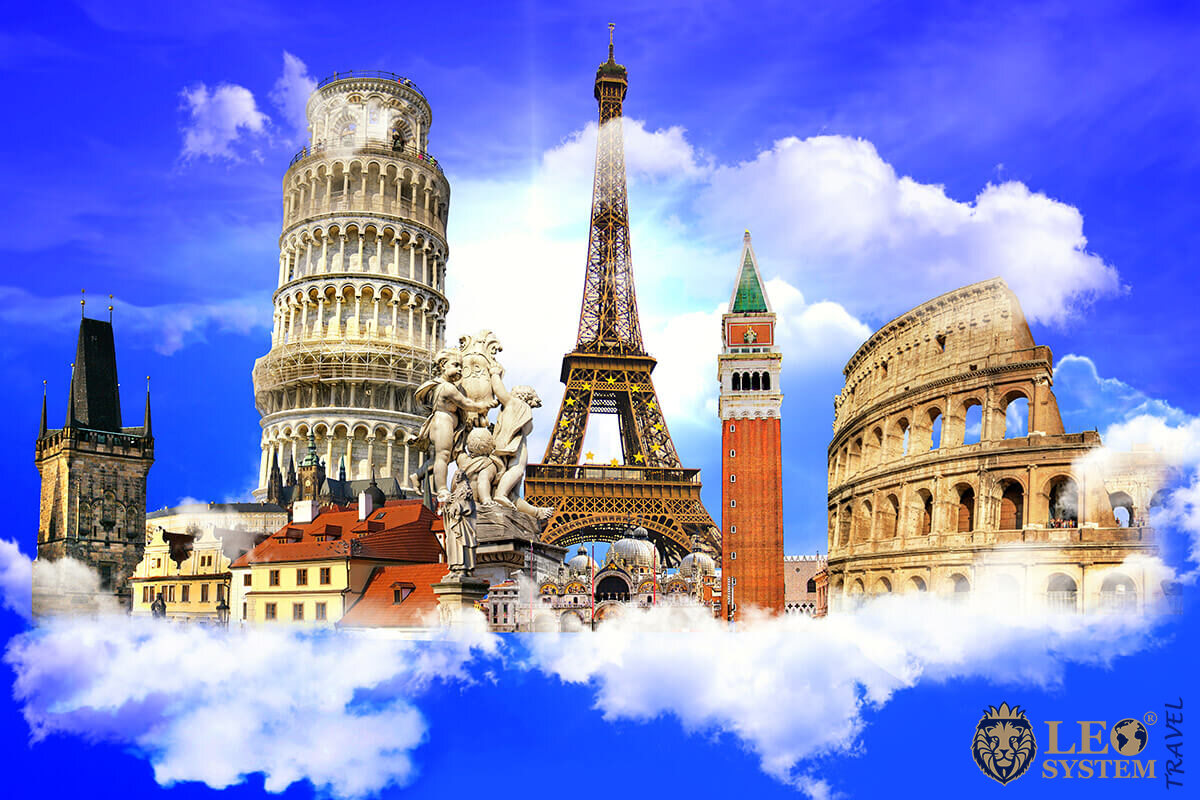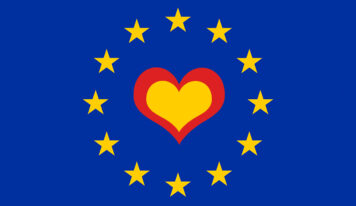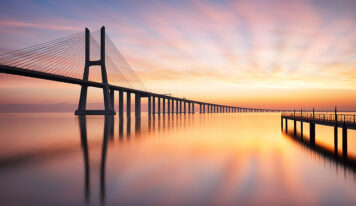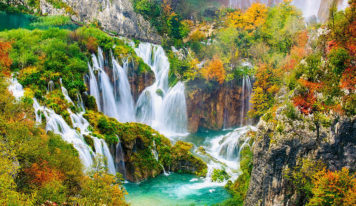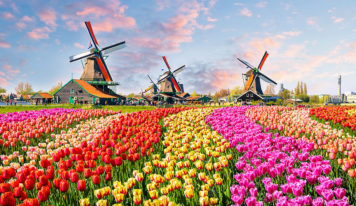When considering what is European culture we must start by going back to the Middle Ages and look at maps that were in common use, we will rarely see the term Europe used. Most maps would refer to the continent as Christianitas or Christendom. During the fifteenth century, there were proposals for a form of Christian political union, made by Bohemian King George of Poděbrady.
He put forward the case based on the common Catholic civilization of the continent. Even then the argument was flawed as there were Muslims in Spain (Iberia), Orthodox Christians in the East of Europe, together with a variety of other religious movements like the Cathars. But there is no doubt that Christianity and the Catholic Church did forge some degree of a unified culture.
The Regions of Europe.
The Regions of Europe each had distinct histories and lifestyle which developed into regional sub-cultures. These regions were Northern, Eastern, Western, and Southern.
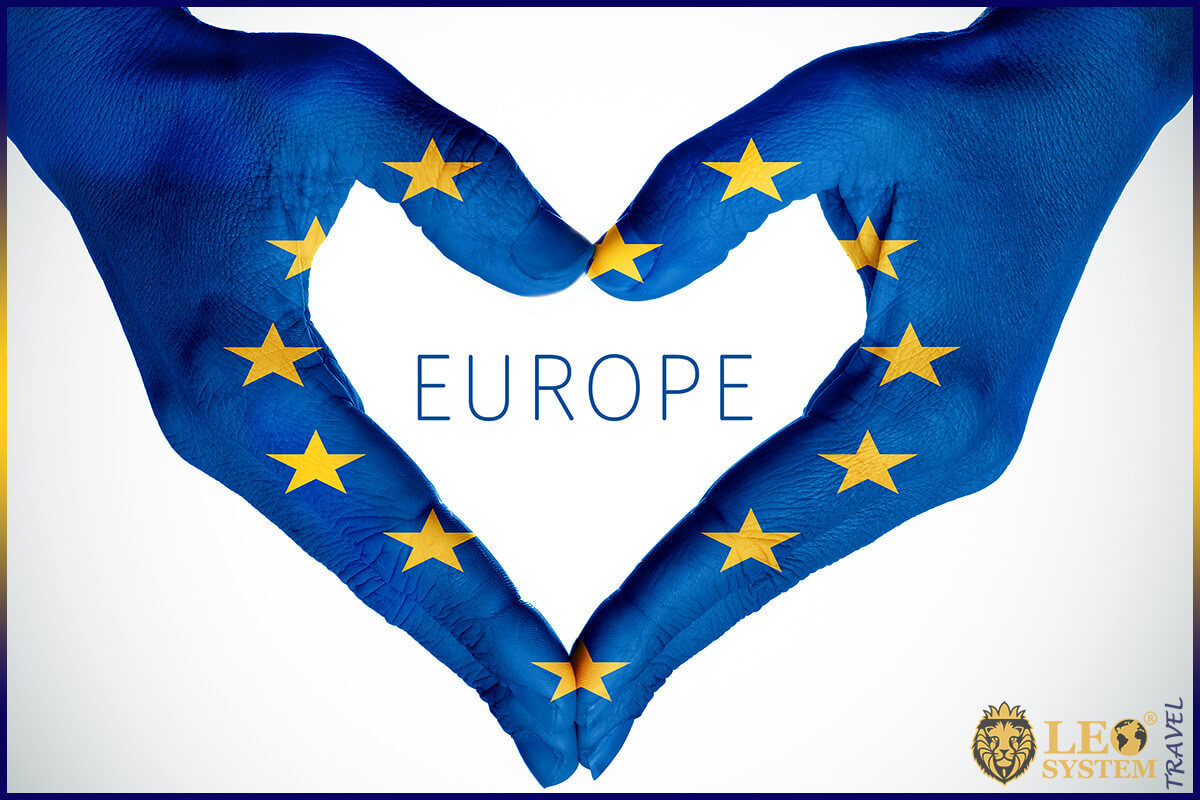
Northern Europe.
Northern Europe consisted of the United Kingdom, Norway, Sweden, Denmark, and Iceland. Obviously history goes back a lot further, but for convenience, we will start with the Celts who had a thriving civilization until the Germanic Tribes started pushing west Apart from a small area, now called Brittany, the took over mainland Northern Europe from the Celts.
The continued to push west into the United Kingdom where they pushed the Celts into Ireland, Cornwall, and Wales to the west, and Scotland to the north.
Apart from the invasion of England (the Germanic parts) by William the Conqueror of Normandy, Northern Europe remained Germanic. In the United Kingdom, there was still Germanic culture, but the ruling class was French. Over the years, these two cultures merged.
So to summarize, we can say that Northern Europe is a Germanic civilization. In terms of culture, we can say that Northern Europe had a major impact on world literature, with England and Ireland having the greatest impact. Norwegian playwright Henrik Ibsen has also played a major part in modern drama.
Eastern Europe.
On the other side of the continent, there was an almost constant interchange between various powerful empires. It was also Europe’s interface with Asia. Rome had pushed eastwards as far as the Balkan Peninsula and some regions of Hungary, bringing a greater bond with the rest of Europe. They also brought the strong cultural influence of the Catholic Church.
When Rome collapsed and withdrew from the region the catholic religion was also replaced by the growing Orthodox Christianity from the far corners South-East Europe.
This had been brought by the Byzantine Empire. The Jewish religion was also a strong religious influence in the region. However, the constant movement of the various empires had fragmented the region into a large number of languages; which made unity very difficult.
In the Soviet era, the Communist authorities tried to suppress much of the native culture and impose a pan-soviet culture. In 1990 with the fall of the Berlin Wall and loosening of soviet bonds there was resurgence in many national cultures.
Western Europe.
Western European culture spread out with the growth of Rome and later the Catholic Church. It pushed eastwards into the Balkans and west to the United Kingdom. Initially, it split into the Western Roman Empire and the Eastern Roman Empire, which was replaced by the Byzantine Empire.
The loss of the east pushed the center of gravity of Western Europe west and when the German King Charlemagne conquered most of the area the center of gravity of Western Europe moved to Germany.
Even with religion, the western part of the region started breaking away from Rome as Protestantism grew. There are two strong languages in Western Europe, German and French. With English spilling over from Northern Europe. The main cultural contribution of Western Europe has been through music and Art.
Southern Europe.
With the center of Western Europe moving from Rome to Germany, and Germany becoming industrialized, the poorer, more agricultural southern part of the continent, which was still primarily Catholic, gradually became a separate region. Even Italy, with its industrial north and agricultural south, became two distinctly different cultural areas. The pace of life is much slower in the southern region, and the cuisine very different as well.
European Culture.

Having established how there are four distinct regions in Europe and going on to answer our question: what is European culture? We can see that European culture is going to be an amalgam of these regional cultures.
With the United Kingdom turning its attention to the global stage and the English language spreading worldwide a distinctive global Anglo-Saxon culture has arisen, resulting in the United Kingdom participating very little as a part of the European culture.
From this northern European, Anglo-Saxon, culture has grown the cultures of the United States, Canada, Australia, and New Zealand. Many more commonwealth cultures have mixed with the Anglo-Saxon culture and had a huge impact across the world.
With the rise of the United States replacing the United Kingdom on the global stage, the United Kingdom has once again turned its attention to Europe but has had trouble finding a place in the European community. As a result, it has proved disruptive to European development.
So looking back at European culture we can look at the main indicators of culture which are:
- Art;
- Music;
- Literature;
- Film.
Fine Art.
The European Continent has had a huge influence on global fine art; the following pieces are just examples of the many European works that have had an impact worldwide:
- Water Lilies, Claude Monet;
- The Birth of Venus, Sandro Botticelli;
- The Scream, Edvard Munch;
- Guernica, Pablo Picasso;
- The Creation of Adam, Michelangelo;
- The Mona Lisa, Leonardo da Vinci;
- The Last Supper, Leonardo da Vinci.
Music.
Europe has produced a variety of musical genres that have impacted the culture of the world over the centuries:
- Orchestral – Dvořák and the New World;
- The British Invasion;
- French discothèques.
Literature.
Literature is very much related to language. The imperial past of several European countries has allowed those languages to develop in various parts of the world. The primary example being English. Hence, English and other European literature works will potentially reach a greater audience than say one written in Swahili. Consequently, those pieces became more influential.
Film.
Europeans were pioneers of the Film/Movie. Long before Hollywood came along; European film pioneers were developing and honing a European style of cinema. This European style was taken to the USA, where Hollywood honed films into an industry.
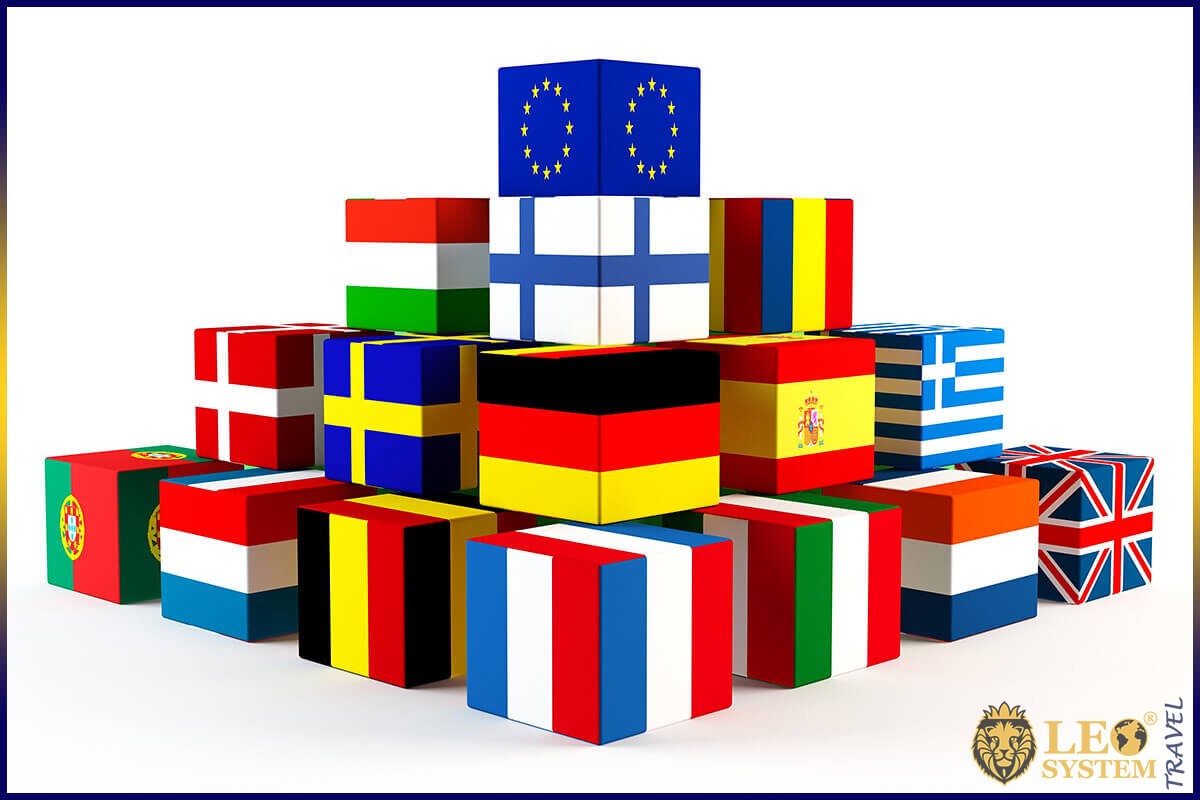
Conclusion.
To answer our question “What is European culture?” we have established that Europe is not one single pan-European culture, but a multitude of local cultures that fuse together at one level to create four distinct (North, South, East, West) European cultures, which then combine into a generic European culture. That culture has various elements such as Art, Music, Literature, and Film.
Read post: Traditions and Customs of Mexico

